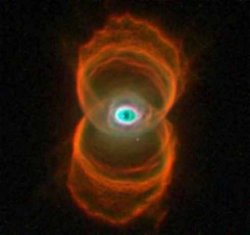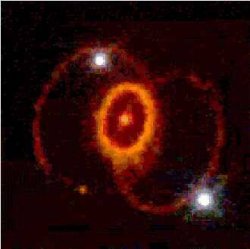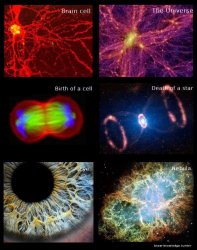"Whatever can be conceptualized is therefore relative, and whatever is relative is Sunya, empty. Since absolute inconceivable truth is also Sunya, Sunyata or the void is shared by both
Samsara and
Nirvana. Ultimately, Nirvana truly realized is Samsara properly understood."
Nagarjuna
sunyata: literally, emptiness
sunya: means zero, nothing
ta: in context, a suffix, means "-ness"
Sunyata ("Emptiness"). The Mahayana tradition has put a special emphasis on
sunyata. This was necessary, in part, because of the tendency among certain early Buddhist schools to assert that there were aspects of reality that were not
sunya, but which had inherent in them their "own-being". Several important Buddhist philosophers dismantled these theories by arguing for the pervasiveness of
sunyata in every aspect of reality. (Nagarjuna was among the most important of these.) The specific arguments are too complicated for us to deal with here. But it is important to appreciate that understanding absolutely everything as
sunya could imply that even those things most revered by Buddhists (such as the
arhant ideal and the rules laid down in the
vinaya) were empty. Mahayanists tended to argue that members of the Hinayana traditions were attached to their ideal forms as if they were not
sunya.
To some extent,
sunyata is an extension of the concepts made explicit in
The Three Flaws. All things being impermanant, nothing can be seen as having an independent, lasting form of existence. And this is, in essence, what
sunyata is all about. Strictly speaking,
sunyata can be defined as "not
svabhava". The concept
svabhava means "own being", and means something like "substance" or "essence" in Western philosophy.
Svabhava has to do with the notion that there is a form of being which "is" and "exists" in a form that is not dependent on context, is not subject to variation, and has a form of permanent existence. As such, the "soul" as understood in Abrahamic religions would have
svabhava. God would certainly have
svabhava. The Platonic forms (such as those described in the allegory of the Cave) would have
svabhava.. Certain abhidharma teachings conclude that the building blocks of reality have such
svabhava. But Mahayana philosophers like Nagarjuna concluded that sunyata is the fundamental characteristic of reality, and that
svabhava could be found absolutely nowhere.
One of the images used to illustrate the nature of reality as understood in Mahayana is
The Jewel Net of Indra. According to this image, all reality is to be understood on analogy with Indra's Net. This net consists entirely of jewels. Each jewel reflects all of the other jewels, and the existence of each jewel is wholly dependent on its reflection in all of the other jewels. As such, all parts of reality are interdependent with each other, but even the most basic parts of existence have no independent existence themselves. As such, to the degree that reality takes form and appears to us, it is because the whole arises in an interdependent matrix of parts to whole and of subject to object. But in the end, there is nothing (literally no-thing) there to grasp.
SUNYATA






